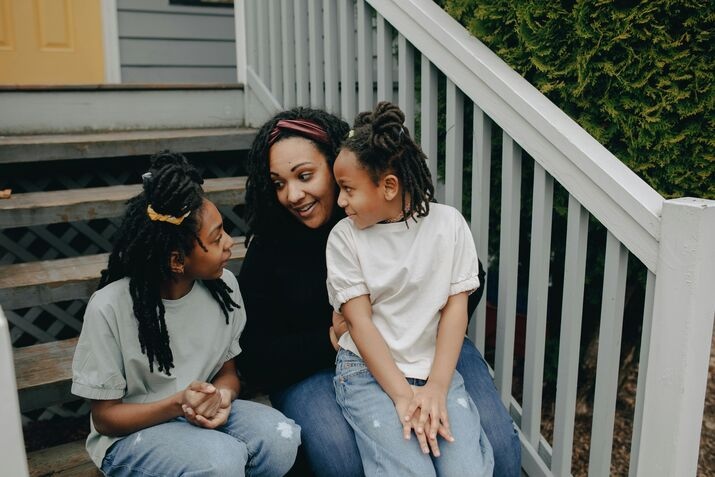+254797 813499

Posted by OAY Kenya on 27-Oct-2025
Anxiety is a natural part of adolescence. The teenage brain is rewiring itself: independence grows, responsibilities expand, and emotions intensify. For parents, it can feel like watching a loved one navigate a storm from the shore.
But anxiety doesn’t have to divide families. When parents and teens manage stress together, they create emotional literacy, trust, and a sense of shared agency that supports both sides through life’s future challenges.
Teen anxiety is common, manageable, and even growth-promoting.
Parents help most by listening, not controlling.
Shared tools (breathing, journaling, physical activity) anchor calm.
Working through anxiety together strengthens emotional resilience.
Anxiety often manifests differently in teens, such as irritability instead of fear, withdrawal instead of worry. Recognizing these shifts early helps prevent escalation.
Common signs:
Sudden changes in sleep or appetite
Avoidance of school or social events
Constant “what if” thinking
Physical symptoms (headaches, stomach aches)
Anxiety can be a teacher when approached with compassion. It shows where a teen’s values, fears, and aspirations intersect. Learning to sit with discomfort builds self-trust — the ability to handle difficult emotions without collapsing under them.
Explore how tension and uncertainty can lead to resilience in this perspective on finding growth in discomfort.
Encourage your teen to:
Reflect after anxious moments (“What did I learn about myself?”)
Identify triggers and patterns (“When does this feeling appear?”)
Practice micro-bravery — small, daily steps outside comfort zones
This isn’t about erasing anxiety; it’s about reframing it as part of the growth process.
Below is a shared practice list that builds mutual calm:
Daily Anchors
10 minutes of mindfulness or prayer together
Journaling with “one worry, one gratitude”
Walk-and-talk sessions without screens
Check-ins with extended family or mentors
Crisis Shortcuts
Breathe in for 4, hold for 4, exhale for 6
Name five things you see, four you touch, three you hear
Use a calm “anchor word” like safe or here
Here’s a step-by-step guide for co-regulation (helping your child calm through connection):
Notice – Observe tension without judgment (“I see your shoulders tightening”).
Name – Label emotions together (“That sounds like frustration, not fear”).
Normalize – Share your own experience (“I get that way before big meetings too”).
Nurture – Offer physical or emotional reassurance (“You’re safe; I’m here”).
Navigate – Plan next steps calmly (“What’s one small thing we can do now?”).
As families practice these strategies, they shift from reacting to responding. Over time, calm becomes contagious. The emotional language learned here — naming, breathing, reflecting — becomes part of the home culture.
For those interested in structured routines, explore guided journaling options from Headspace or mindfulness trackers via Insight Timer.
Managing adolescent anxiety is not about perfection — it’s about partnership. Every conversation, breath, and shared practice helps build a more emotionally intelligent family. Anxiety will come and go, but the trust, tools, and understanding you create together will last.
Article by Emily Graham
0 Comments